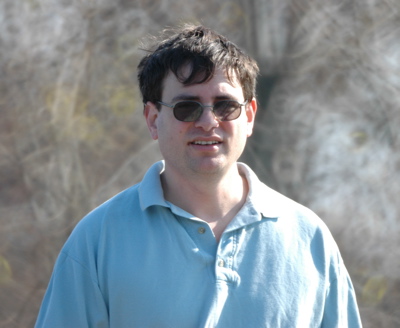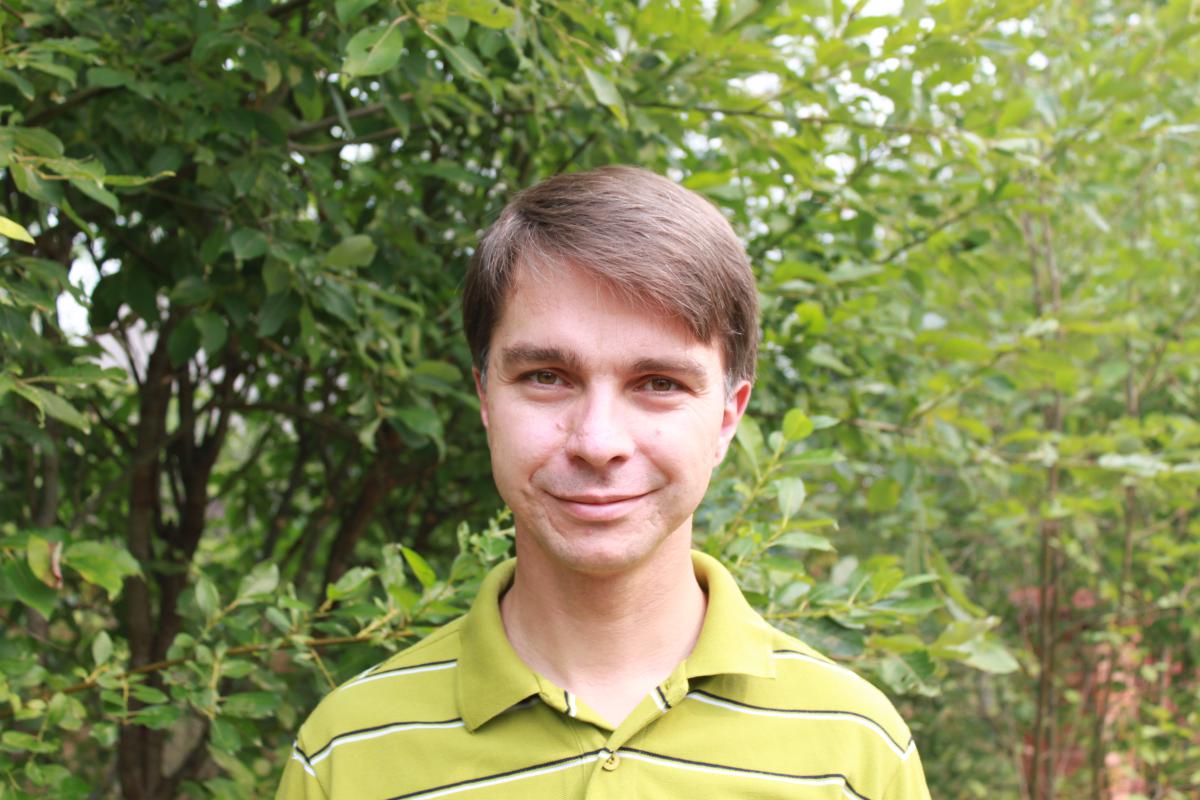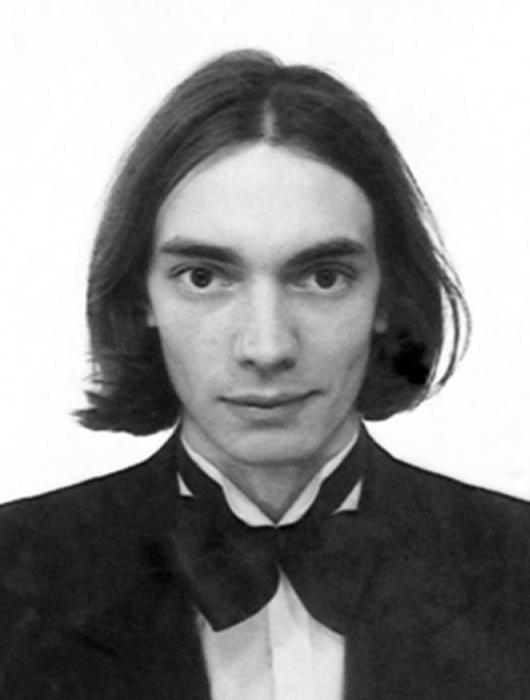
The Fields Medals 2010
Over 3000 mathematicians have gathered to sounds of the tabla and bansuri playing traditional Indian music in the Hyderabad International Convention Centre, and they are all bating their breath. They are waiting for the announcement of the Fields medals, the highest honour in mathematics, and the prestigious Gauss, Nevanlinna and Chern Prizes. The hall is a colourful scene filled with mathematicians from around the world, including many local participants in beautiful saris and suits. You can hear a pin drop as the entire hall stands for the entrance of Pratibha Patil, the President of India, who will award the medals to the prize winners.
In her address the President quoted an ancient Sanskrit verse:
"Like the crest of the peacock and the jewel of the serpent, mathematics stands at the head of all sciences"
And at the head of mathematics stand the winners of these high honours.

Elon Lindenstrauss
The Fields Medals have been awarded to Elon Lindenstrauss for his outstanding contributions to number theory, Ngô Báo Châ for his proof of a fundamental result in algebraic geometry, Stanislav Smirnov for his work in statistical physics, and Cedric Villani (who looked particularly dapper) for his work involving the Boltzmann equation which is central to mathematical physics. (You can read more about the work of Lindenstrauss, Báo Châ, Smirnov and Villani on our blog.)

Stanislav Smirnov
There was a very emotional reaction from the audience to the announcments of each of the winners, particularly for Báo Châu who is Vietnam's first Fields Medallist (you can read more about Báo Châu's work in the Plus blog). The Nevanlinna Prize was then awarded to Daniel Spielman for his work that includes applying graph theory to computer science.

Cedric Villani
After recognising the acheivements and future promise of these young mathematicians, the ceremony went on to honour two mathematicians who have made a lifelong contribution to mathematics. The Gauss Prize, recognising work that has had significant impacts outisde of mathematics, was awarded to Yves Myer for his work that has revolutionised signal processing, statistical estimation and numerical simulation. The Chern Prize, awarded for the first time this year, went to Louis Nirenberg who founded the field of non-linear elliptic equations that have a central role across all of mathematics.
The International Congress of Mathematicians gathers every four years, to award the Fields Medals and other prizes and to swap latest research results in areas across the breadth of mathematics. It takes place in a different country each time and this year's choice of Hyderabad, India, is fitting.
The Fields Medal
The Fields Medal, generally regarded as the Nobel Prize for maths, has been awarded by the International Mathematical Union (IMU) since 1936. But unlike the Nobel Prize, it's only awarded every four years and there's an age limit: recipients have to be below 40 years of age.
The Field Medal was founded on behest of the Canadian mathematician John Charles Fields. It comes with a monetary award which in 2006 was $15,000. The IMU also awards the Nevanlinna Prize for work in theoretical computer science, the Gauss Prize in applied maths and for the first time this year the Chern Prize for outstanding lifelong achievement in maths.
India has a rich and influential mathematical legacy. Perhaps its most influential contribution, because it affects almost every person in the world, is our way of writing numbers. We all know that a 1 right at the end of a string of numerals means one, a 1 shifted to the left by one digit means 10 and so on. But the idea to define the value of a numeral by its position in a string, which originated from Hindu scholars working around the 5th century, was a stroke of genius. It allows us to write down all whole numbers, no matter how large, using just ten symbols. Without the positional system we'd need a new symbol every time we go up an order of magnitude. Not long after the positional system came about, Indian mathematicians were also the first to start thinking of zero as a number in its own right, rather than a place holder, leading the way to our current understanding of zero. (Find out more about our number system in The fabulous positional system.)
But classical Indian scholars also made other contributions. Between the 14th and 16th centuries a school of mathematics and astronomy was active in Kerala. Mathematicians from that school realised that functions like sine and cosine could be written as infinite sums, a discovery which preempted modern calculus.
India continues to produce renowned mathematicians who make great impacts on mathematics. Probably the best-known is Srinivasa Ramanujan (1887-1920), a self-taught mathematical genius who made significant contributions to number theory and rediscovered many important results for himself. He went on to form one of the most remarkable collaborations in mathematical history with Cambridge mathematician G. H. Hardy. You can read about some of Rramanujan and Hardy's work in A disappearing number.
More recently, the mathematician Harish-Chandra (1923-1983) made significant advances in representation theory, which allows abstract mathematical structures, such as groups, to be described by a more common language. The elements of this common language, matrices, are well-understood and are used to describe more concrete mathematics such as the posit''''] '''ion and movement of objects in three-dimensional space. Some of Harish-Chandra's most famous work was on the representation of Lie groups, describing the symmetries of objects such as circles and spheres. Lie groups are vital in many areas of mathematics and theoretical physics. You can read more about Lie groups in Beautiful symmetry provides glimpse into quantum world and representation theory in Solving symmetry.
The choice of the conference venue, located in an area of Hyderabad called Hitec City, is a pointer to the future. Hyderabad has recently put itself on the map as one of India's major IT hubs. Although it's not quite yet visible on the streets, India is on the way to becoming an economic superpower, its ascent driven in part by a booming IT industry. In terms of scientific research output, India is currently 7th in the world, and soon India and China will account for 20% of the world's research investment. Mathematics as the language of the sciences will underpin all these research efforts. So by hosting the ICM 2010, Hyderabad is not just celebrating achievements of the past, but also a discipline that helps drive India's future.
However India remains a land of contradictions: as well as producing more billionaires than any other country in the world, it also has the largest proportion of the world's poor. It also contains among the hottest, the coldest, the driest and the wettest places in the world. And taking a mathematical view of India, one of the speakers noted that "No statement about India is either true or false — and that is the only true statement about India." In such a diverse and vibrant environment, the mathematicians at the ICM will surely feel inspired for the four years to come.
Comments
Anonymous
I find this whole topic so interesting.
Anonymous
In the last paragraph, it states in a mathematical sense, "No statement about India is either true or false". But as far as I know, in Mathematics, a sentence qualifies for a statement only if it is either true or false. Isn't that a contradiction here?